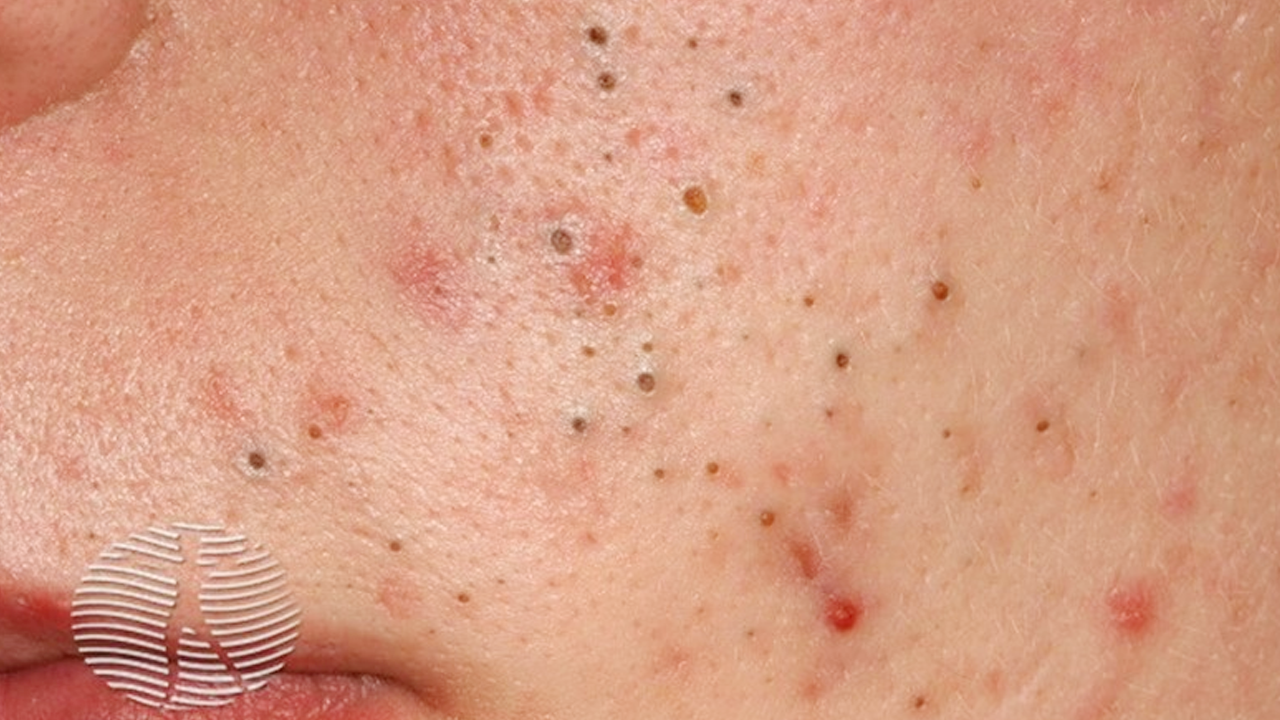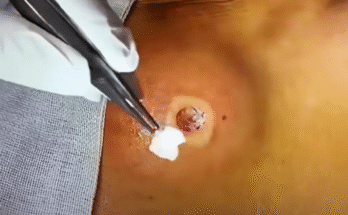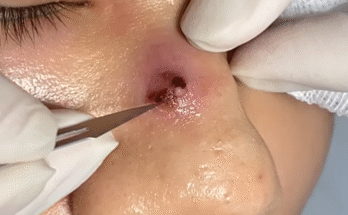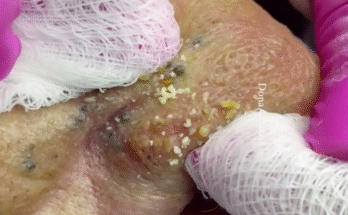Understanding and Tackling Blackheads: A Comprehensive Guide
Blackheads, also known as open comedones, are a common skin concern affecting many. But what exactly causes these pesky blemishes? Let’s delve into the science behind them.
The Root Cause of Blackheads
Blackheads arise from a simple yet frustrating process: clogged pores. Dead skin cells, sebum (your skin’s natural oil), and bacteria become trapped within a hair follicle, unable to escape. This trapped mixture oxidizes, leading to the characteristic dark appearance. This isn’t dirt, as many believe, but rather a reaction of the trapped sebum with air. These blemishes typically appear on the face (nose, chin, forehead), but can also surface on the chest and back.
Preventing Blackhead Formation: Proactive Skin Care
Preventing blackheads is far more effective than treating them. Here’s how to keep your pores clear and healthy:
Establishing a Solid Cleansing Routine
Regular cleansing is paramount. Use a gentle, yet effective cleanser twice daily to remove dirt, excess oil, and makeup. Avoid harsh scrubs that can irritate the skin and potentially worsen the problem.
Exfoliation: The Key to Unclogging Pores
Exfoliating two to three times a week is crucial. This process helps remove dead skin cells that contribute to clogged pores. Choose a gentle exfoliant appropriate for your skin type, avoiding overly abrasive products.
Treating Existing Blackheads: Safe and Effective Methods
While prevention is best, existing blackheads can be addressed safely and effectively:
The Do’s and Don’ts of Blackhead Extraction
While tempting, squeezing blackheads at home is risky. Incorrect extraction can lead to scarring and inflammation. If you choose to attempt extraction, ensure your hands and tools are meticulously clean. Gently press on either side of the blackhead to encourage the blockage’s release. If it doesn’t easily come out, avoid further pressure.
Professional Acne Treatment: Tailored Solutions
For persistent or severe blackheads, professional help is invaluable. A consultation with a dermatologist or skincare expert allows for a personalized treatment plan. This could involve a range of options, from topical treatments to oral medications.
Advanced Treatment Options for Stubborn Acne
If topical treatments prove insufficient, more advanced options exist:
Oral Medications: A Powerful Approach
Oral antibiotics may be prescribed to combat the bacteria contributing to acne. For severe acne, stronger medications like isotretinoin might be considered. These decisions are made in conjunction with a dermatologist, considering individual health needs and tolerance.
Laser Therapy: Targeting Acne at its Source
Laser therapy offers a targeted approach to acne treatment. It can be highly effective for individuals who haven’t responded to other methods. However, this is typically reserved for cases of severe or persistent acne, after other options have been explored.
Hormonal Factors and Acne: Addressing the Root
For hormonal acne, a holistic approach may be more beneficial than solely relying on topical treatments or antibiotics. Addressing underlying hormonal imbalances can lead to long-term improvements, even replacing the need for extensive medication in some cases.
The Role of Home Care and Stress Management
Beyond professional treatments, at-home care and lifestyle changes play a vital role:
Maintaining a Consistent Skincare Routine
Consistent home care routines, using products recommended by your dermatologist, are essential for sustained results. Remember that even the most effective professional treatment needs the support of a diligent home care routine.
Stress Reduction: A Powerful Ally
Stress can exacerbate acne. Incorporating stress-reducing techniques, like exercise, meditation, or spending time in nature, is beneficial for both mental and skin health.
Understanding Whiteheads: A Related Skin Concern
Whiteheads, also a type of acne, share similarities with blackheads but differ in appearance and treatment.
Types and Causes of Whiteheads
Whiteheads (closed comedones) appear as small, white bumps due to trapped sebum and dead skin cells within the pores. Milia, another type of whitehead, are small, hard bumps often seen in newborns and sometimes adults, resulting from trapped keratin.
Treatment Options for Whiteheads
Treatment for whiteheads ranges from topical treatments (benzoyl peroxide, salicylic acid) to oral medications (antibiotics, hormonal treatments) and professional procedures (chemical peels, microdermabrasion). The appropriate course of action depends on severity and individual needs. A dermatologist can guide you towards the most suitable approach.



